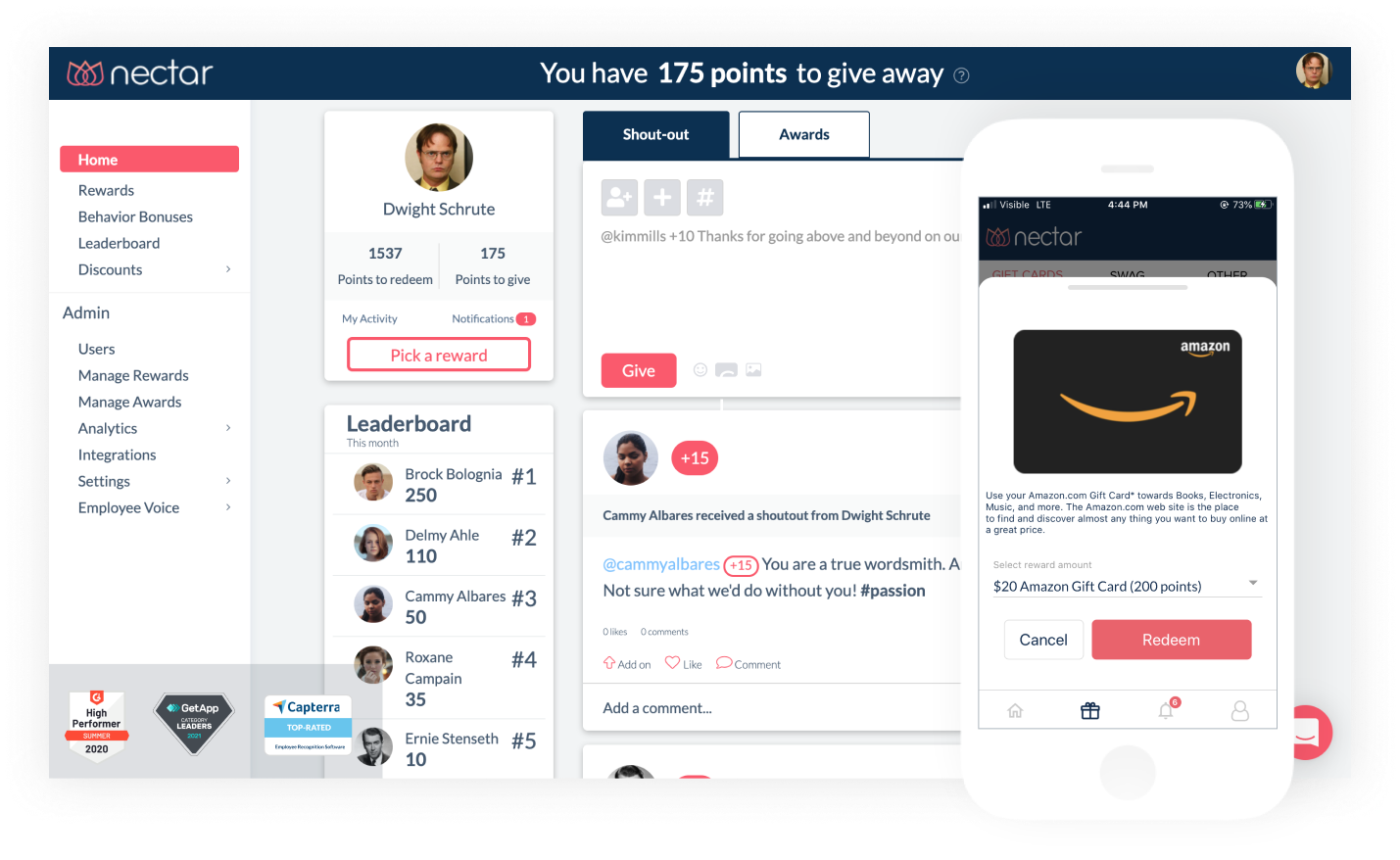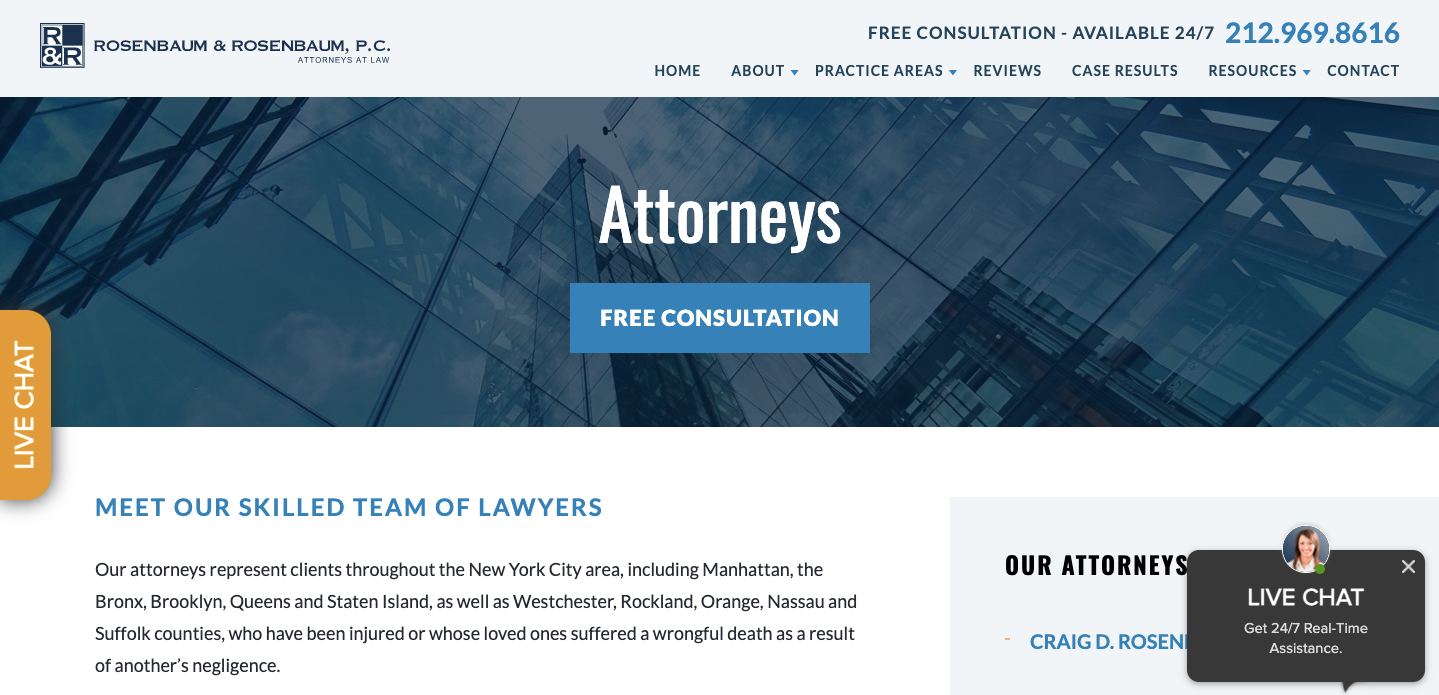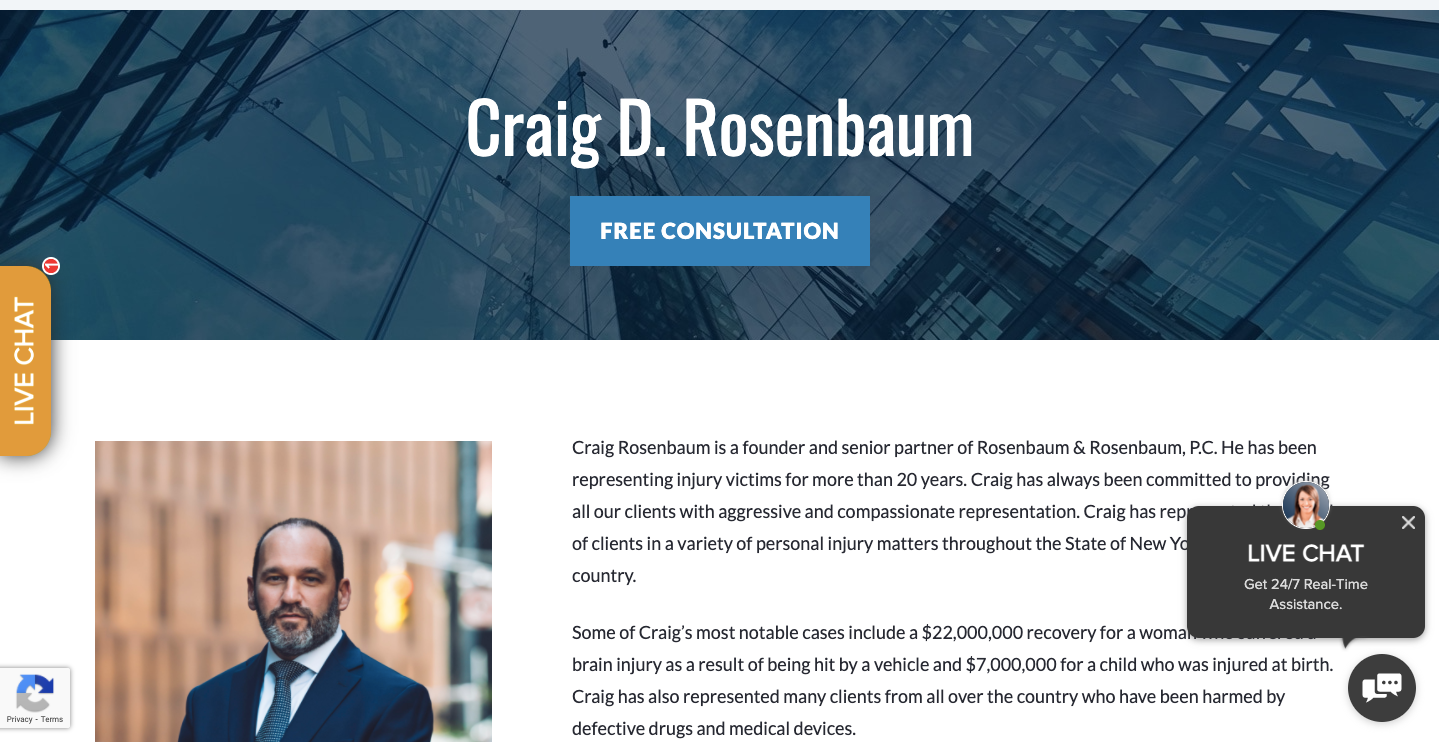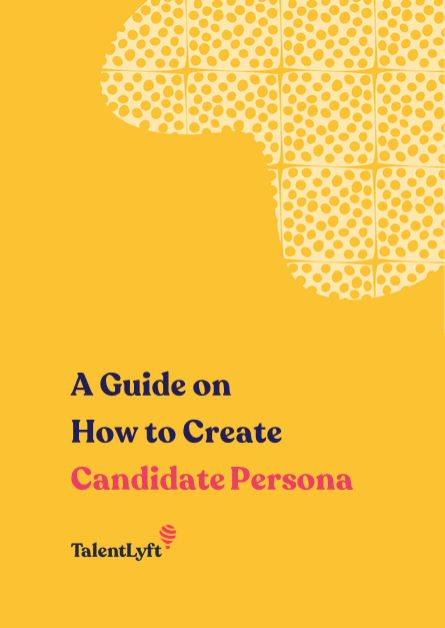![https://adoptostaging.blob.core.windows.net/article/z1Ee6HCggUyTxHxRJXnNiA.png]()
According to recent statistics, the top priorities for hiring teams include:
Direct sourcing of candidates.
Investing in tools to speed up the hiring process.
Succession planning.
Establishing and maintaining a strong employee drive.
Building talent pools for the future.
At the same time, the challenges facing HR recruitment teams include filling entry-level positions and hiring candidates who at first don't appear to be a good fit. Hiring executives who say bad hires lack soft skills and candidates who change their minds are also common pitfalls.
Candidate profiles, utilized correctly, are exceptionally powerful recruitment tools used to create outlines of the best personality traits for any given job. At the same time, well-crafted candidate profiles can enable HR teams to escape the most common pitfalls of the modern recruitment process.
What is a candidate profile, you may ask?
Understanding Candidate Profiles
In many organizations, candidate profiles are designed to function as blueprints for helping recruiters to create profiles of suitable personality traits and unique attributes for a specific open role. It isn't easy to locate something if you do not have an idea of what you are looking for, including the right candidates for a job.
In many instances, job descriptions are geared towards describing a job. Candidate profiles, on the other hand, are designed to find the ideal person for the job. In the long term, hiring managers can also use the right candidate profile to craft the appropriate reward and peer recognition system for hire.
Hiring teams can use automated reward systems such as Nectar combined with the candidate profile to design simple and cost-effective ways for modern workforces to increase appreciation and leverage connections across diverse teams.

Superbly crafted candidate profiles include recruit characteristics such as optimist, customer service background, independent thinker, confident, critical thinker, adaptable, sales-minded, reserved, etc. Also included in the most poignant candidate profiles are skills and traits highly desirable in potential hires.
Candidate profiles are also designed to hold each candidate's social media profile data and preferred communication channels. In addition to this, each unique profile should tell the HR team, at a glance, about each candidate's educational background, career goals, motivation, and current job.
Benefits of Drafting Ideal Candidate Profiles
Well-crafted candidate profiles lead to better outcomes overall
A well-rounded understanding of one's candidate means that one will be better able to fine-tune one's hiring campaign. It will also enhance job success prediction capabilities on the company's part. The better the candidate profile the more focused the hiring team will be throughout the hiring process.
Enhances the company's sourcing strategy
Working knowledge of the ideal candidate means that you can target your sourcing campaign to exactly the places where you can locate the candidates possessing the required characteristics. As hiring managers strive to make the right hires, individual recruiters can also save cash by implementing appropriate sourcing methodologies aligned with them.
Provides a detailed method of writing job descriptions
In this case, job descriptions mean more than just making a random list of responsibilities. They are usually a detailed and necessary component of finding the right candidates for a position. Once the hiring team has a good idea of the type of person they are looking for, they can craft a targeted job description for each position.
How to Develop a Candidate Profile
Developing a consistent and applicable candidate profile comes with a ton of benefits. However, it is easier said than done. Excellent candidate profiles contain key details such as company culture, roles and responsibilities, key skills, and personality traits.
In many cases, the hiring team will first endeavor to craft an appealing candidate profile. Next, they will try their level best to bring this profile to fruition. The stages involved in coming up with a good candidate profile are unique and consistent across industries.
#1 The hiring team should research the duties associated with the role
This is the standard first step in the hiring process, according to the latest recruitment metrics. This stage outlines the duties of the role and what is expected from the new employee.
The hiring team should strive to acquire as much information as possible regarding the role, including the department the individual will be assigned to, the professional and soft skills required for the job, and the daily duties the individual will need to undertake.
The company can also covertly check out similar vacancies posted by their competitors. This will provide a compelling glance into the types of skills required for the position.
#2 Note the unique qualities required for the role
Next, the hiring team comes up with a unique perspective of the prospective role. This includes detailing the professional development and available leadership opportunities that are present in the role. This means outlining what would make the role appealing to a freelancer, for example.
The hiring team should also describe what makes the company's position stand out from its competitors.
#3 The hiring team describes the company's identity and culture
While it is obvious that several candidates may be good fits for your organization due to their professional qualifications and cumulative work experience, their personality traits may not be such a good fit.
At this point, the hiring team must take into account the company's expected behaviors and attitudes. The team should also consider the company mission and vision and then ask questions such as what a potential hire will add to the overall company value and how he or she will advance the company's vision.
Hiring managers can use some of the best tools to identify the most compatible hires, including cognitive ability testing, learning agility tests, cultural fit assessments, virtual interviews, situational judgment tests, and personality questionnaires.
Additional assessment tests that potential hirees can do to ascertain candidate suitability include:
Live chat support simulations.
Spoken language assessments.
Work from home system diagnostics.
Language proficiency tests.
Typing tests.
Multitasking/ context switching tests.
#4 Outline the necessary hard and soft skills required for the position
Soft skills are a critical factor and include creativity, problem-solving ability, and dependability. On the other hand, hard skills include solid and specific skill sets such as creating newsletters for the company, programming, digital marketing, and accounting.
In general, it is easy to cultivate and enhance hard skills, but soft skills may not be so easy to validate.
#5 Jot down a list of traits and attributes that the company is searching for
It is always a good idea for the hiring team to write down exactly what they are looking for. This furthers the goal of identifying ideal candidates for the position. This is done by creating columns with the most important traits first, followed by less desirable traits.
In the long run, this sort of work enables the company to save money and make it easy to review applications as they arrive. This is easily achieved by searching for keywords combined with applicant characteristics, especially those noted in the first few columns.

Image Source
#6 The hiring team must adopt realistic expectations of the pool of potential hires
A common flaw among hiring teams is to expect perfection. It is next to impossible to find a candidate who meets all the criteria expected for the position in real life. Even though the traits columns will guide you in identifying candidates, one must not expect all of them to be present in the first few columns, as indicated above.
In many instances, potential hires will possess most of the soft skills that the hiring team is seeking to recruit, including creativity and a problem-solver mentality. Still, not all the hard skills are being sought.
In this case, it is ultimately very important to define realistic expectations from the candidates and remember that 'perfect' does not exist in the real world. Hiring managers seeking the only perfection will miss out on a lot of the existing talent pool.
#7 Regularly assess top-performing candidates
Hiring teams should observe the top-performing candidates critically to ascertain their core competencies and personality traits. This can be determined by answering questions such as what the candidates do daily, what they like about their culture, what skills they possess that would help them shine, and how they spend their time online.
Next Steps: Showing Potential Employees What to Expect
You need to remember that it is not only about finding the right employee for the company. It is also about making sure that the company is suitable for the employee. A couple of ways of doing this include:
Giving potential recruits a tour of the office
Have a dedicated website page that potential employees can go to to learn more about your company culture, and your present team. For example, Rosenbaum & Rosenbaum has a dedicated page that introduces their attorneys to web visitors:

This can help potential employees see who they are going to be working with, what qualifications they have, and what they can expect.

Give your potential employees an estimate of what they are going to be paid if they do get the job. Your company may be awesome but no one is working for love and fresh air so being transparent about pay is a must. You can do this by creating a general page on your website that explains how employees will be paid or by letting employees know by telling them directly.
Most potential employees are going to check you out on social media so make sure you are showcasing yourself and your team in a positive light. For example, Attorney Brian White & Associates on Facebook frequently updates followers with what office life looks like behind doors:

Being active on social media and your own website is also beneficial to your overall SEO efforts and will help you rank better on search engines.
In Summary
Hiring teams worldwide desire to be more productive and efficient in sourcing, screening, interviewing, and assessing potential hires. This means that they should also invest beforehand in developing ideal candidate profiles that closely match the people they want to hire.
In the long run, this helps to hire better candidates and makes the recruitment process data-driven, all while saving money in the long run. This ultimately makes the hiring teams more efficient at matching potential hires to positions and minimizing the time it takes to onboard a new employee.
About the author
Freya is the founder of the personal finance blog CollectingCents that teaches readers how to grow their passive income, save money, improve their credit score, and manage debt. She has been featured in publications like Business Insider, Fox Business, the Huffington Post, and GoBankingRates.

















